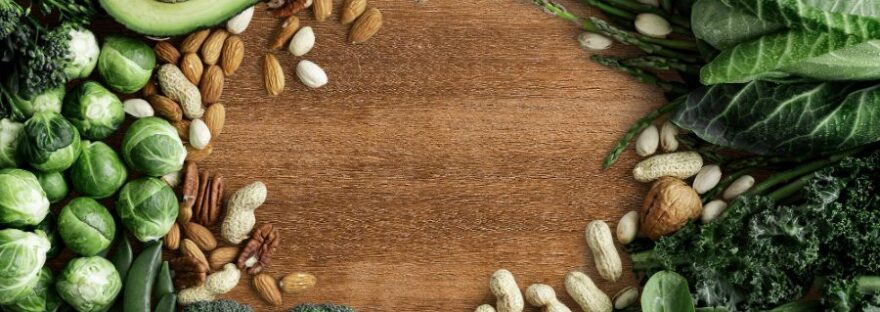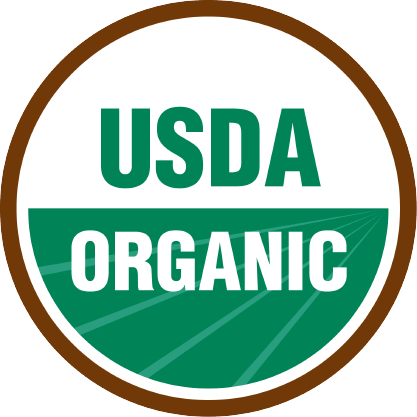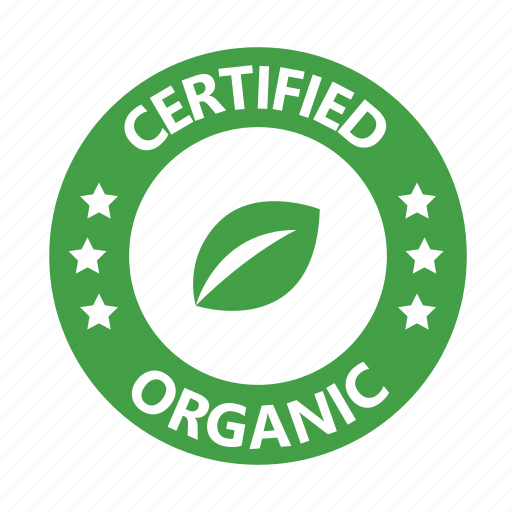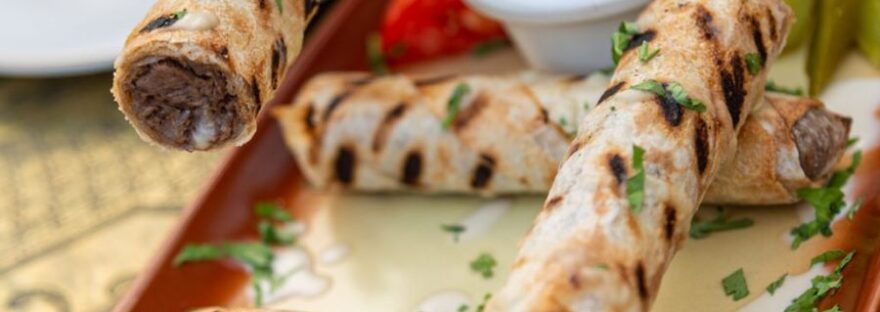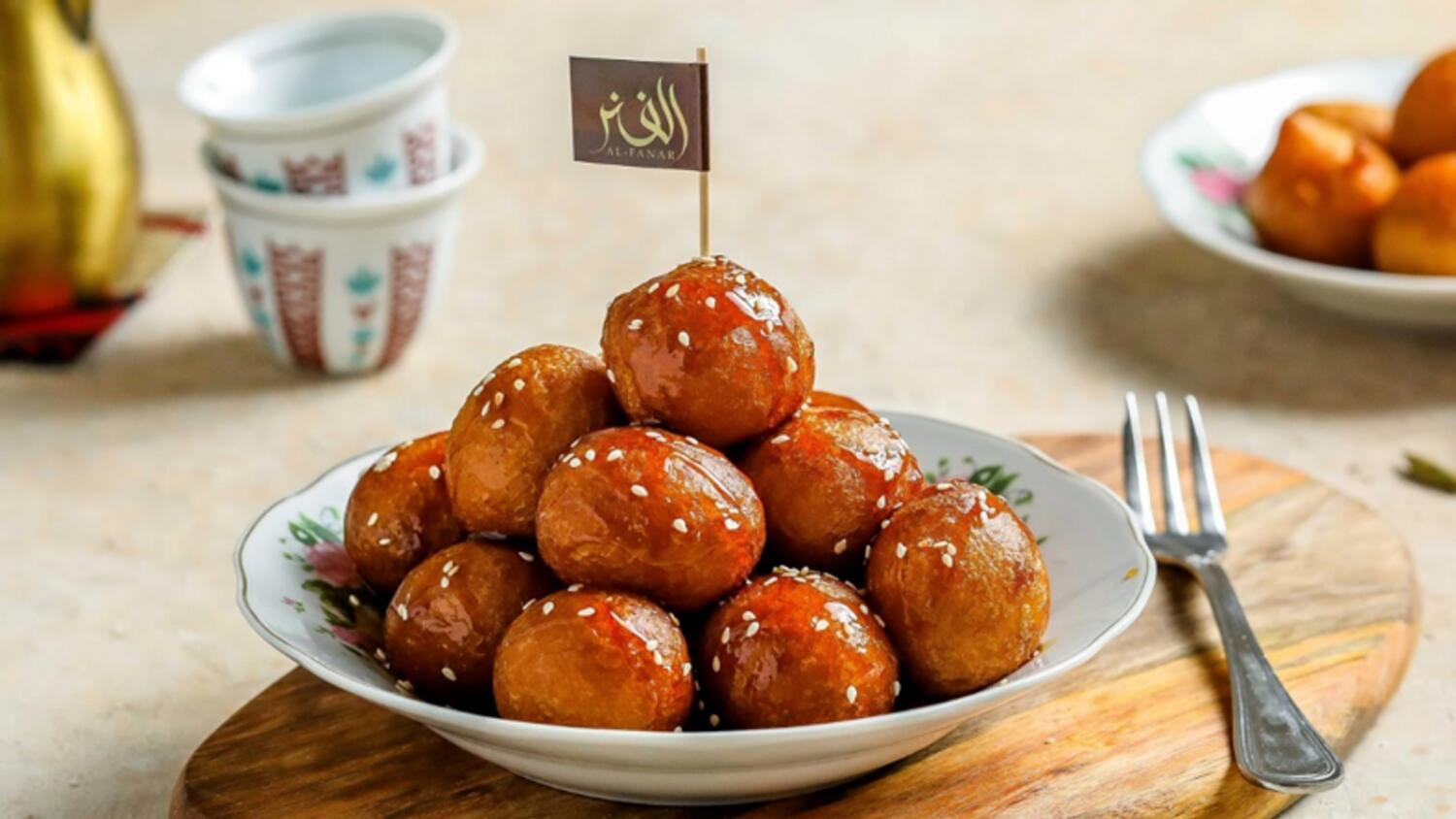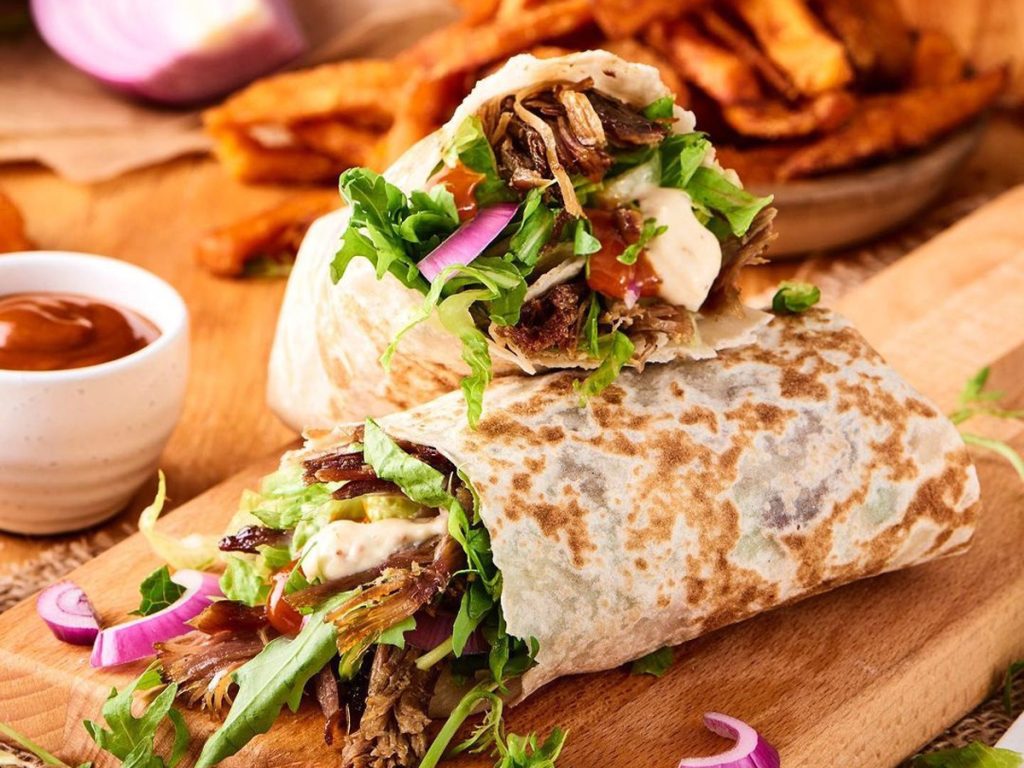Pizza is more than just a meal, and it’s a universal love. Whether you are an experienced cook, a home cook, or a food lover who wants to learn more about the art of pizza, this guide is for you.
We celebrate the diversity and richness of the world’s cuisine, pizza has a special place in our hearts. Pizza is known for its versatility and universally loved flavors.
That’s why learning the art of pizza making can transform your culinary experience and enhance your encounters. We’ll dive into the secrets of making the most delicious pizza, from choosing the right ingredients to baking it perfectly.
Choosing the right ingredients
The quest for the perfect pizza starts with the choice of ingredients. The quality of each ingredient directly impacts the taste, texture, and overall enjoyment of the final pizza. For a dish that stands out for its simplicity, the excellence of each component becomes paramount.
From the dough base to the final topping, each ingredient plays a crucial role in determining the character and flavor of the pizza. The choice of flour, yeast, toppings, and even the water used can have a significant impact on the taste and texture of the pizza:
- Flour: Choose a high-protein flour such as bread or Italian 00 flour for a crispy and crunchy crust.
- Yeast: For a more authentic taste, fresh yeast is preferred, but dry yeast is also good.
- Ingredients: Use high-quality, fresh ingredients. Consider classic combinations such as Margarita, or choose gourmet additions for a unique twist on gâche.
- Sauce: A simple homemade tomato sauce with fresh basil, garlic, and olive oil drizzle can enhance the pizza.

Mastering the pizza dough
The real heart of pizza is its dough. The dough is the foundation for the topping, so its preparation is crucial to pizza perfection. Dough preparation is both an art and a science, requiring patience, precision, and intuition.
The dough is your pizza canvas. Achieving the perfect texture and flavor is essential for a melt-in-your-mouth result:
- Hydration: the ratio of water to flour (hydration) affects the consistency of the dough. The ideal hydration level is 60-70% to balance workability and a soft crust.
- Kneading: Proper kneading develops the gluten that gives the crust its structure. Aim for a smooth and elastic dough.
- Fermentation: Let the dough ferment slowly in the fridge for 24-48 hours for a more varied flavor.

The role of pizza ovens
The oven is not just a tool but a vessel in which raw ingredients are turned into a masterpiece. Understanding how the oven affects baking is key to pizza excellence.
The choice of pizza oven and built-in oven can significantly impact your pizza’s texture, taste, and overall quality. Explore your pizza oven options and choose the one that’s right for you:
- Pizza ovens: designed to reach higher temperatures than conventional ovens, pizza ovens can cook a pizza in just a few minutes, producing perfectly dry crusts and evenly melted cheese.
- Built-in ovens: Although they do not reach the same temperatures as pizza ovens, with the correct technique, such as using a pizza stone or steel. A crispy crust and well-cooked toppings can be achieved.
Topping and baking techniques
Spread and bake the toppings on the pizza dough. This is where your creativity shines through, turning a simple base into a work of art.
However, this process is not just about aesthetics but also about understanding how the different toppings interact with the heat and with each other to achieve the perfect balance of flavor and texture. Balancing and baking additives is an art that requires attention to detail and time:
- Balancing flavors: Choose flavorings that complement each other. Consider the balance of sweetness, acidity, and saltiness.
- Pre-cooking: Some toppings, such as certain vegetables or meats, may need to be pre-cooked to ensure they are fully cooked and prevent moisture from making the pizza soggy.
- Baking: Place the pizza on the bottom shelf of the oven to ensure a crispy bottom. If using a pizza stone or steel, preheat the pizza in the oven for at least one hour before baking.
Serving and enjoying
Serving pizza is as important as making it. Presentation and serving together can enhance the overall dining experience.
Think about the presentation of the food:
- Cutting: Use a sharp pizza cutter or a large kitchen knife to ensure precise cuts without moving the toppings.
- Pairing: Pair the pizza with a suitable drink, for example, wine or beer. For example, a classic Margarita pairs well with a crisp white wine or a light lager.
Become a pizza master
Making the tastiest pizza is all about experimentation and passion. You understand the importance of ingredients, learning how to prepare the dough, optimizing the oven, and using topping techniques.
And by thoughtfully presenting your pizza, you will be on your way to becoming a pizza master. Remember that the beauty of pizza lies in its versatility and the joy it brings to those who share it.
Gain experience and let your culinary creativity flourish. Happy pizza making!

Hey, mani sauc Signe. Esmu neizsakāmi priecīgi par to, ka esmu beidzot izveidojusi savu blogu. Es strādāju vairākus gadus mārketingā, bet brīvo laiku cenšos veltīt saviem draugiem un ģimenei.


